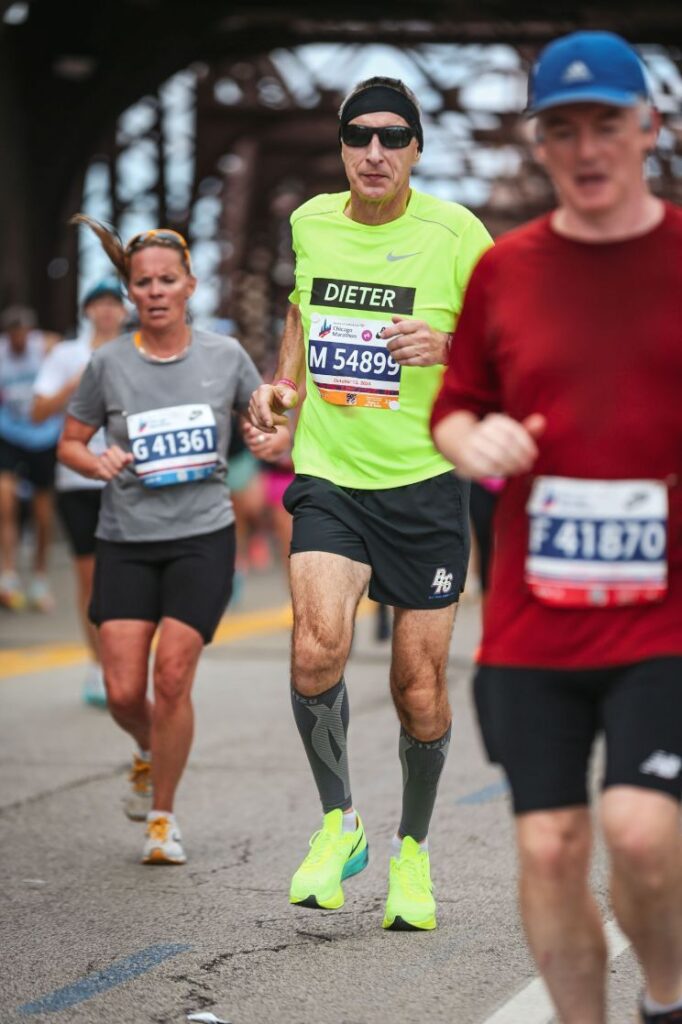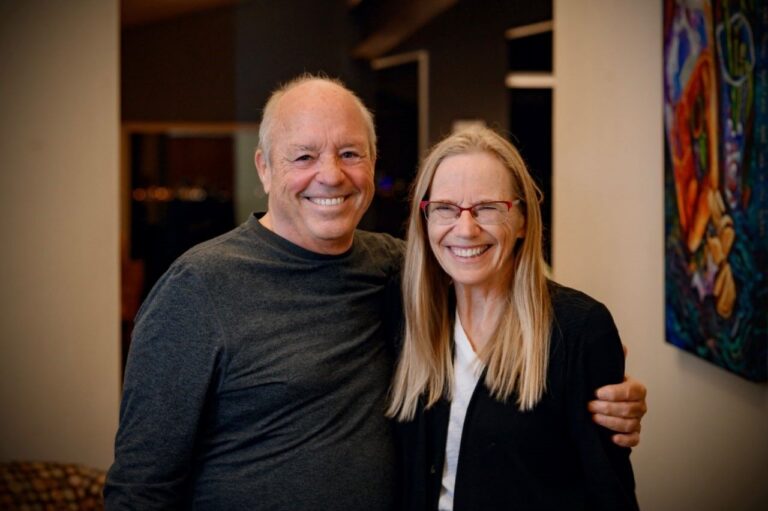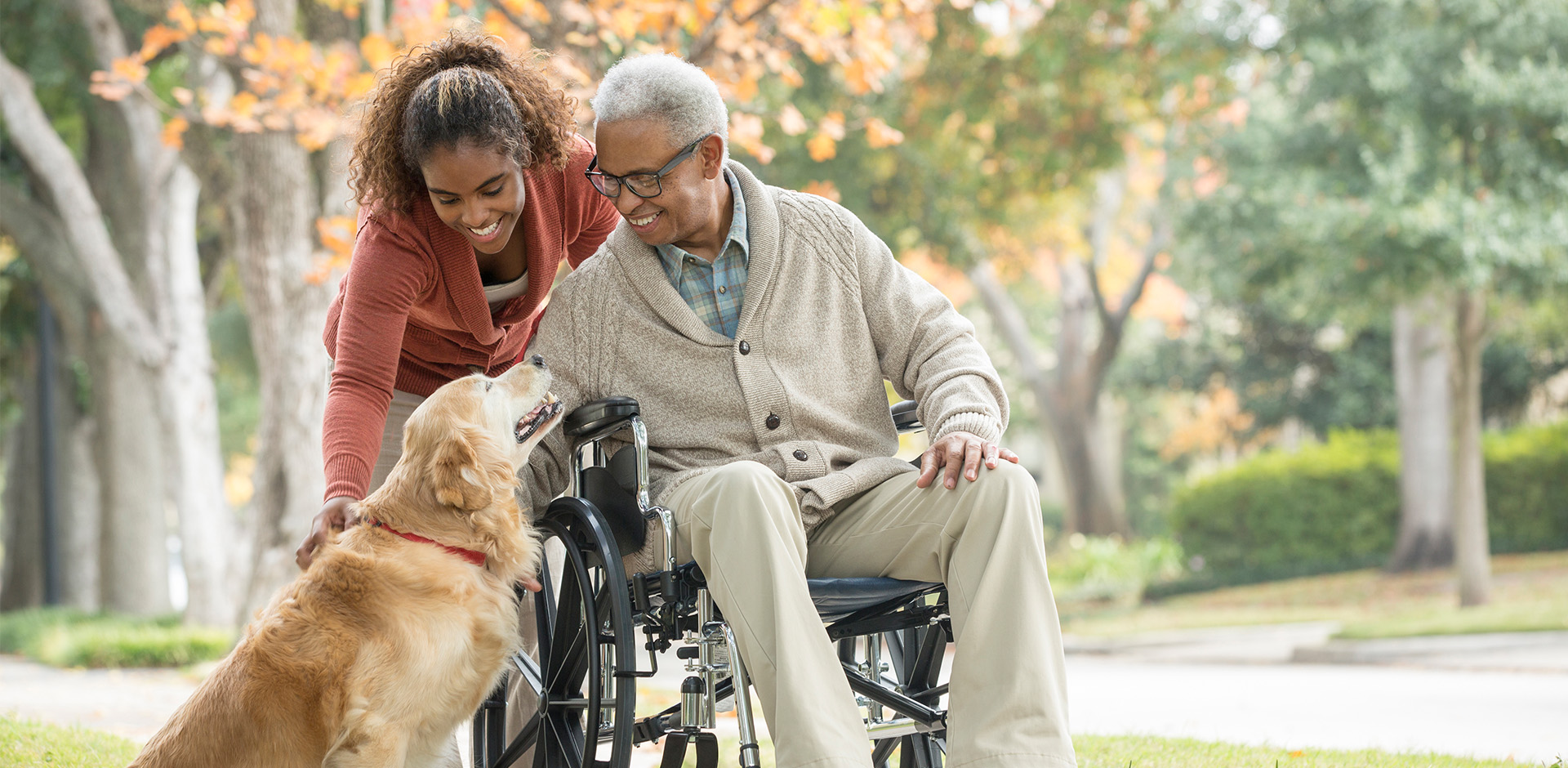Coping with Chronic Pain
My name is Brooke Gottesman. As a licensed clinical social worker (LCSW) working in mental health since 2004, I am currently in part-time private practice in NY with a specialization in cognitive behavioral therapy (CBT). My practice focuses on patients managing chronic pain. Writing this article is an opportunity to share my story of chronic pain and the adaptive coping techniques I have used to manage my illnesses. It is my hope this information will be helpful to you or a loved one.
Why Cognitive Behavioral Therapy (CBT)?
My interest in this specialty began as I started my own journey of coping with chronic pain in 2013. My early experiences with the medical profession began in a similar fashion to most. I was disregarded and told the pain was “in my head,” or it’s an “orthopedic issue.” I continued to struggle and was mostly bed-bound for four years, having great difficulty standing for any length of time. At this point in my “cause-of-pain” journey, I was diagnosed with axial spondylitis, psoriatic arthritis, and many other big medical terms.
I began taking biologic medications. It turned out none of these diagnoses were correct, and consequently, the medications were not effective. Thus, I quickly learned how common it is to be dismissed or misdiagnosed when it comes to peripheral neuropathy and chronic pain syndromes. Especially early in the process. The process of de-tangling the web of my “invisible illness” of chronic pain had begun. What was even more frustrating was that instead of believing my reports of pain, some “experts” told me to have more sex or see a psychiatrist, which, as you could imagine, was quite insulting.
The Start of My Journey:
During the first few years of my journey, I struggled with common cognitive distortions, such as “I must have done something to deserve this” and “Why is this happening to me?” and “Am I being punished for something?” I felt isolated as I could no longer go out with friends, or meet new moms, and my marriage was being strained by caregiver stress as my husband had to take care of both me and our one-year-old son as I became bedbound. I lost my sense of community and purpose, as well as my stress outlets such as exercise and boot camp. The endless cycle of seeing doctors with no meaningful change or improvement was disheartening and took a toll on me and my family.
Finally, A Diagnosis
I was seeing general neurologists and rheumatologists, and then when I switched to an expert in small fiber neuropathy (SFN). Five years into my journey, my doctors finally diagnosed me with SFN. It was another three years before I was also diagnosed with other associated conditions. They also identified autoimmune-mediated conditions. After the initial years of my now properly diagnosed illness, along with the correct medications, I was able to reframe the way I looked at my new life. I began to realize that because of my experience, I could better relate to my patients, and become a better therapist. I also started a support group on Long Island, NY, so I could help others on their journeys and develop a sense of community.
This gave me a new purpose. I was determined to not let my pain control me, and I used daily positive affirmations to get me started each day. This was a struggle at first, and I did sometimes still go into a funk. I decided, however, to obtain post-graduate certification in Cognitive Behavioral Therapy (CBT) as there was ample research demonstrating its effectiveness in treating chronic pain.
I refused to give-up, and as I persevered through my journey, I began to experience improvement in that I am no longer bed-bound (except for flares). When I do have a tough day or flare-up, people may not see or hear from me much. I try to relax in bed, and I do “pay a price” for pushing myself too hard. But if you asked me in the beginning, eight years ago, I never would have thought it would be possible to get where I am today.
Essential Information for Coping with Chronic Pain
Before listing some common, helpful non-medical interventions for coping with chronic pain, I would feel remiss if I did not share some other essential information, given my background in mental health. Especially important is to be aware that people living with chronic pain are at heightened risk for mental health problems. These can include depression, anxiety, and substance use disorders.
Additionally, chronic pain can affect sleep, increase stress levels, and contribute to a feeling of hopelessness. An estimated 35% to 45% of people with chronic pain experience depression. Chronic pain disrupts all aspects of someone’s life – including their ability to work and participate in social activities, their relationships with family (including spouses) and friends. It can cause feelings of isolation, frustration, and anger.
As described above, the impact of chronic pain is significant. It is critically important for those suffering to do everything in their power to manage it. While I can share some general non-medical information that has been helpful for me, it is always important to consult a healthcare professional for an individualized pain management plan. That being said, here are some non-medical approaches that may help alleviate pain. I have used most of them at one point or another:
Mindfulness Cognitive-Behavioral Therapy (M-CBT):
CBT can help you change negative thought patterns, develop coping strategies, and improve your overall quality of life. It focuses on changing behaviors and attitudes related to pain. It helps you better manage the psychological impact of chronic pain. CBT combined with relaxation techniques like deep breathing, meditation, progressive muscle relaxation, and guided imagery can be especially beneficial by promoting relaxation and reducing stress levels. An app named “Curable” demonstrates some of these techniques and is available for both iPhone and Android. It has free as well as paid resources.
Acceptance and anticipation:
Accepting that chronic pain is a part of your life can help you focus on managing it effectively. It is very important to anticipate the requirements for a task, event, or activity, and pace yourself. Balance it with rest breaks and listen to your body’s signals to prevent overexertion.
Physical/Medical Massage therapy:
A trained physical/medical massage therapist can demonstrate and guide you through exercises and techniques to improve flexibility, strengthen muscles, and reduce pain. Sometimes there may be an initial increase in pain after a session. But there should be some relief shortly thereafter, followed by increased time with reduced pain. If experiencing a flare, however, it may be best to postpone your session. I have required this at times, and it has been helpful. However, it is important to keep active between sessions as well.
Engaging your support network:
Seek support from family, friends, or support groups for chronic pain. It is imperative to find positive like-minded people. Connect with others who understand what you are going through, and who do not focus/ manifest negative energy. This can provide emotional support and valuable coping strategies. This can also include your pets or volunteering to work with animals.
Mind-body techniques:
Practices like yoga, tai chi, and qigong combine movement, breathing, and mindfulness, which can help reduce pain and improve overall well-being.
Lifestyle adjustments:
Adequate sleep and rest can facilitate healing and reduce pain levels. Establishing a regular sleep schedule and creating a comfortable sleep environment are essential. Maintaining a healthy diet, managing stress levels are very important. Avoid triggers that can worsen your pain, which may include people who can induce stress in your life and consequently worsen your pain.
Hobbies/Leisure Interests:
Engaging in activities you enjoy, such as reading, listening to music, or pursuing hobbies, can help divert attention from pain and improve mood.
Exercise and stretching:
In a similar vein as physical therapy, engaging in low-impact exercises like walking, aqua therapy, or using a recumbent bike can promote blood flow and release endorphins, which are natural painkillers. Stretching exercises can help improve flexibility and relieve muscle tension.
Heat and cold therapy:
Applying a heating pad, warm towel, or taking a warm bath can help relax muscles and alleviate pain. Cold therapy, such as using ice packs or cold compresses can reduce inflammation and numb the area.
Acupuncture:
This traditional Chinese therapy involves inserting thin needles into specific points of the body. Acupuncture may help release pain-relieving chemicals, promote blood flow, and stimulate nerve activity.
Transcutaneous electrical nerve stimulation (TENS):
This method involves applying low-voltage electrical currents to the skin via electrodes. TENS may help block pain signals and release endorphins. TENS units are widely available for purchase.
In closing…
Remember, coping with chronic pain is highly individualized, and what works for one person may not work for another. It is crucial to work closely with your healthcare provider to find a personalized approach that addresses your specific needs and goals. Some herbal remedies, and more recently CBD/THC may also be beneficial, but you should discuss with your healthcare professional.
It is my hope that you found the information in this article not only useful, but helpful from a mental health perspective. I believe the more chronic pain sufferers can share their experiences, as I have, and share what has worked for them, the better off we all are!
Brooke Gottesman, LCSW







